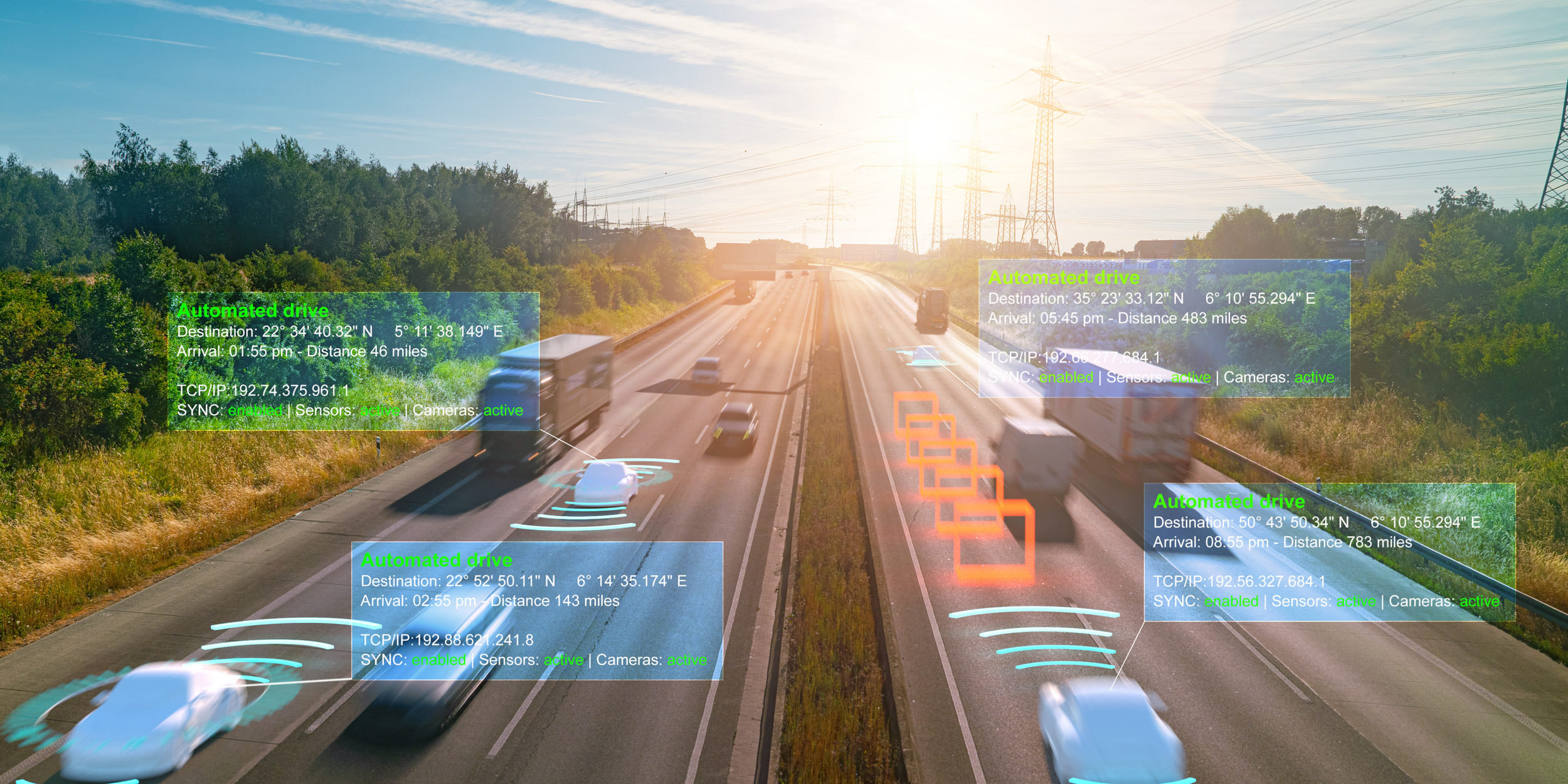Bridging the Gap: Transportation and Logistics
Route Optimisation through Precision Mapping
Route optimisation has, for a long time, played a major role in reducing fuel consumption, decreasing delivery time, and helping to keep costs under control. Satellite technology, especially through GPS, provides precise mapping and data that allow logistics companies to determine the most efficient paths for drivers. By analysing traffic-pattern data coming from satellites, companies can plan the most efficient routes, save time, and reduce the ecological footprint from their fleets.
UPS, one of the world’s largest logistics companies, showcases the power of this technology through its ORION (On-Road Integrated Optimization and Navigation) system. ORION uses real-time satellite data on traffic, road conditions, and even fuel consumption to optimise routing in its deliveries. For example, it reroutes drivers around traffic and, in countries with right-hand traffic, even limits left turns, which are more likely to contribute to delays and increased fuel use while waiting at intersections.
Since its adoption, UPS has saved millions of gallons of fuel and significantly cut CO₂ emissions, demonstrating how GPS-based satellite technology can improve operational efficiency and sustainability. The real-time data provided by ORION also enables logistics managers to adjust routes in response to road closures or accidents, ensuring smooth operations and enhanced customer satisfaction.
Enhanced Tracking and Supply Chain Visibility
Real-time tracking today is a necessity for businesses and consumers alike. In an era where same-day or next-day delivery has become the norm, consumers want to know exactly when their items will arrive, allowing them to plan their day around the delivery and avoid missed packages. For the most part, satellite technology offers visibility across the entire supply chain that was once impossible. Now, logistics companies can monitor the exact location and condition of shipments, regardless of whether they’re on land, at sea, or in the air in the following way:
GPS and Sensor Tracking: Each shipment is equipped with GPS-enabled trackers, and some include additional sensors to monitor location, movement, and conditions like temperature or humidity.
Data Transmission to Satellites: Trackers and sensors send real-time data to orbiting satellites.
Relay to Ground Stations: Satellites relay the shipment data to ground stations, which then transmit it to the logistics company's central system.
Real-Time Updates and Response: With this continuous data flow, companies can provide accurate delivery updates to customers and quickly respond to potential disruptions, ensuring smooth operations.
Satellite technology has been essential in ensuring better visibility in the supply chain, thus enabling effective inventory management with reduced losses and miscommunication throughout the global network.
Remote Area Access and Connectivity
Satellite networks extend connectivity into remote and rural areas, bridging a critical gap in global logistics. Most regions with limited cellular coverage still lack reliable delivery services, but through satellite-powered connectivity, these markets are becoming accessible to companies.
In Cornwall, the Kernow Weather Team (KWT), an alumnus of our Explore programme, uses satellite data to monitor weather patterns, delivering detailed, timely forecasts that logistics companies can use to navigate challenging routes. By leveraging KWT’s insights, logistics teams enhance safety in harsh conditions, especially when delivering to remote locations with limited cellular coverage.
This infrastructure has improved supply chains across remote parts of the UK. It supports local businesses and extends the reach and reliability of logistics networks globally, opening up new markets and improving supply chains in isolated regions.
Autonomous Transport
Autonomous vehicles have taken over the logistics industry, and among the major reasons for their development and improvement, satellite technology stands at the forefront. Self-driving trucks, delivery drones, and other autonomous vehicles depend on GPS data for precise navigation. Satellites provide essential information for managing these vehicles, ensuring each unit follows the most efficient route.
In the UK, trials of autonomous trucks on highways are already underway, powered by satellite-enabled systems. Companies like Waymo and Tesla, which have made significant strides in autonomous driving technology, are pushing the boundaries of what’s possible, and satellites are key to enabling their future expansion. These systems not only help navigate complex roads but also improve safety by offering continuous, real-time data that enhances decision-making processes.
As these technologies come together, they will steer the UK logistics sector toward a more scalable, efficient supply chain that is automated. With satellite technology at its core, it will coordinate extensive fleets and prevent future network congestion. Logistic companies today integrate real-time tracking and route optimisation with autonomous systems, as they get closer to being a fully automated and highly efficient operational framework.
Satellite technology is driving the next wave of logistics innovation. By enhancing route optimisation, real-time tracking, and expanded remote access, satellites empower firms to build smarter, safer, and more efficient logistics networks. In addition, as the industry moves towards the use of autonomous vehicles, satellite technology will only increase in importance to ensure seamless and reliable movement of goods from origin to destination.
If you have an idea or venture that uses satellite technology, we invite you to register your interest in our programmes to explore how we can support your innovation.




